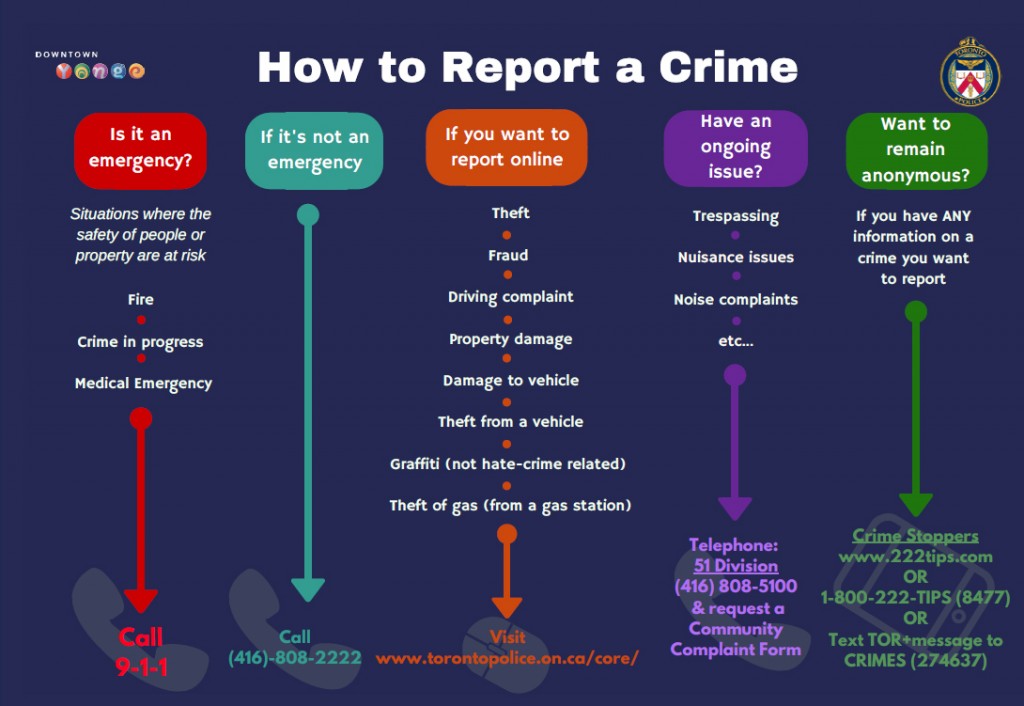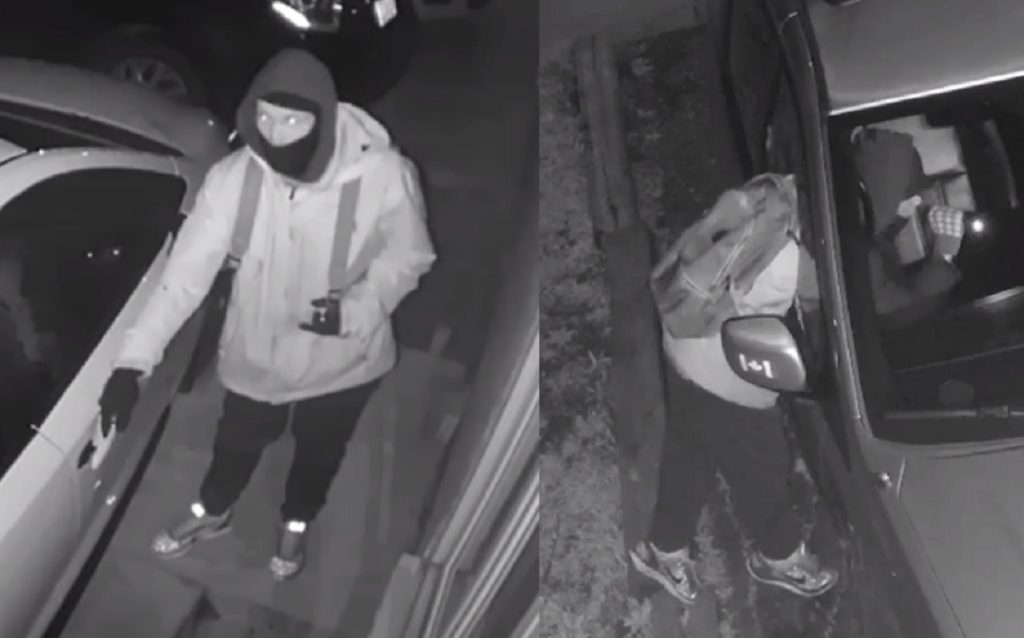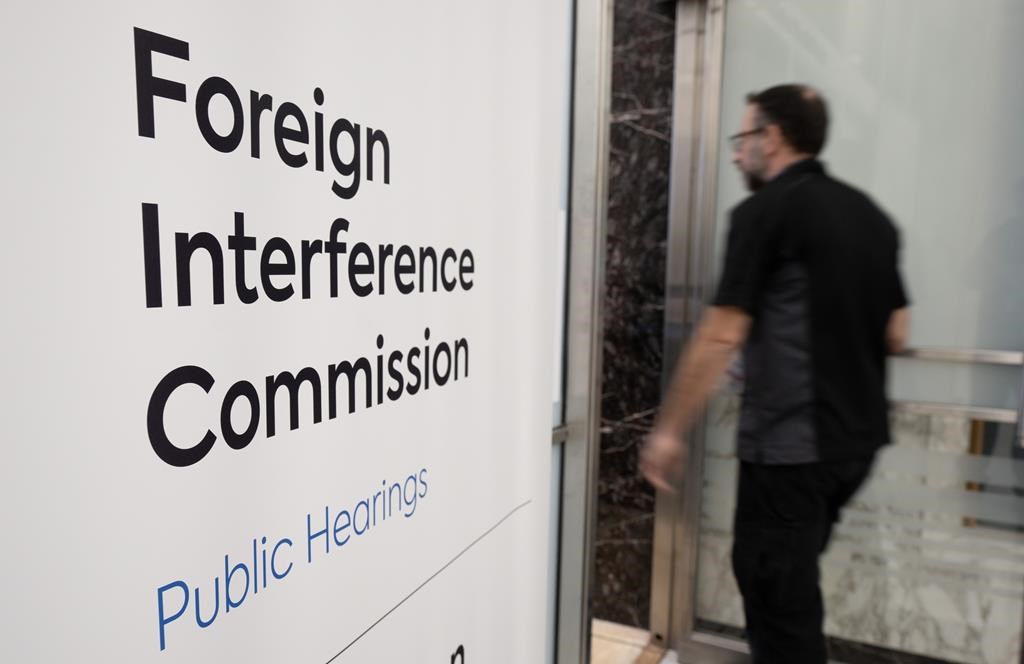Infographic clarifies how to report a crime in Toronto
Posted July 27, 2016 1:27 pm.
Last Updated July 27, 2016 7:24 pm.
This article is more than 5 years old.
We’ve all heard the stories about people who call 911 for ridiculous reasons.
In case you need a refresher, consider these headlines:
- Woman calls 911 to tell police there isn’t enough cheese on her pizza
- Two men who took illicit drug call 911 to get out of Barrie, Ont., bush
Not exactly emergencies.
The absurd aside, many are still calling 911 for situations that don’t warrant an immediate police response. Contrarily, others won’t report petty crimes to police at all.
As Downtown Yonge BIA Executive Director Mark Garner put it, “Too often, people either call 911 or do nothing.”
That’s why Downtown Yonge BIA and Toronto Police have teamed up to create an easy-to-read infographic that spells out how to report the full gamut of crimes.
Rather than the default response of calling 911, Garner says the “infographic shows the other, better options, for everything from property damage to fraud.”
For example, any time personal safety of property are at risk, 911 should be called, while less serious incidents of theft or graffiti can be reported online.
The infographic has been produced on 5,000 postcards which are being distributed to local businesses.
In a release, Garner said he’s hopeful that with clarification, more people will pick up the phone and contact the appropriate agencies.
“We hope this will lead to more, and more accurate, reporting of crime on the street and in the neighbourhood,” he said. “When crimes go unreported, not only do they remain unsolved, but it creates unreliable crime rate data, which impacts on decisions about policing resources.”
“The response so far has been very positive. Residents’ associations and social agencies have called about obtaining copies, there are discussions among police services about translating it into other languages.”
“We are proud to be taking an active role in bringing numerous stakeholders together to address community issues.”











